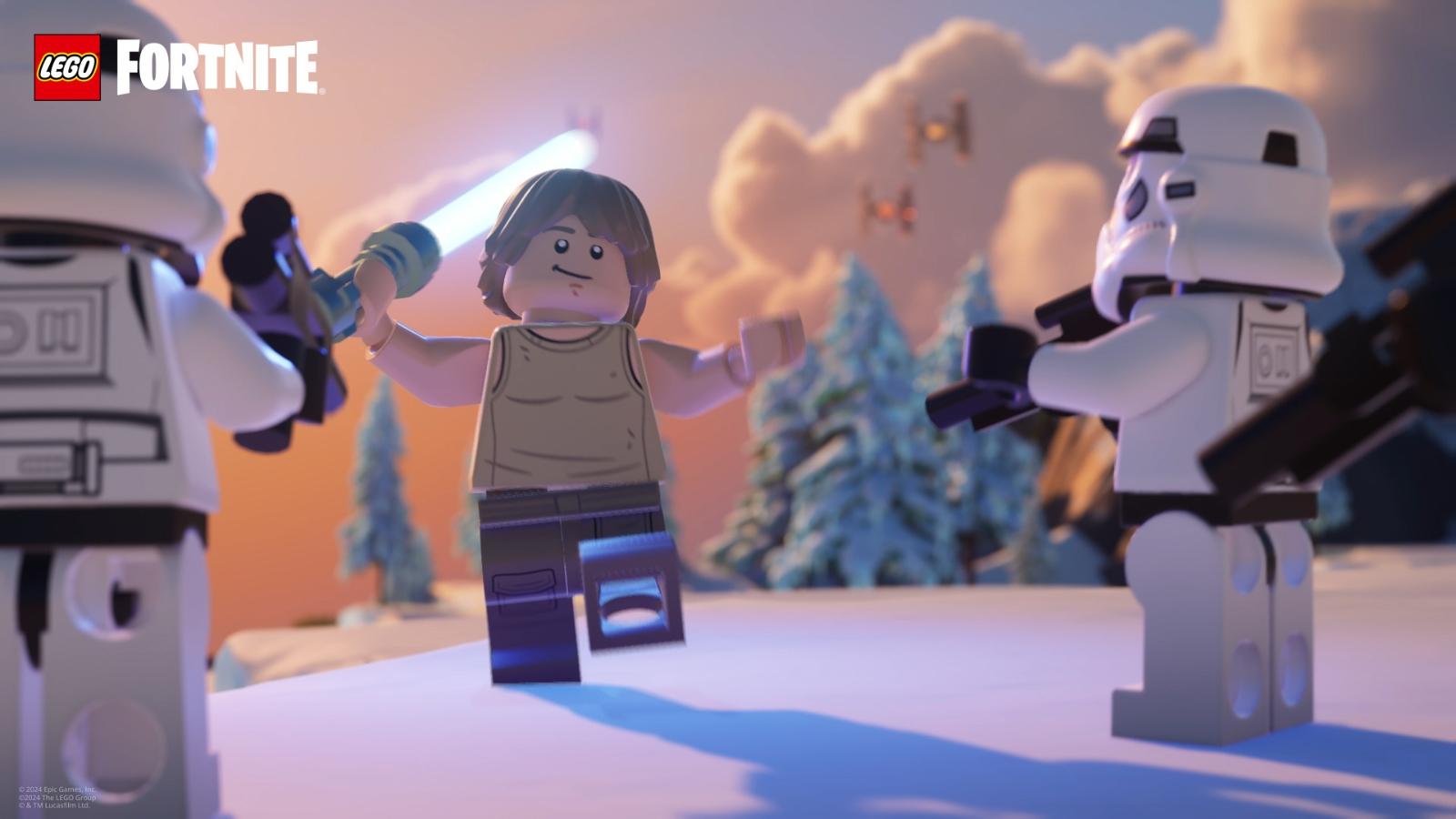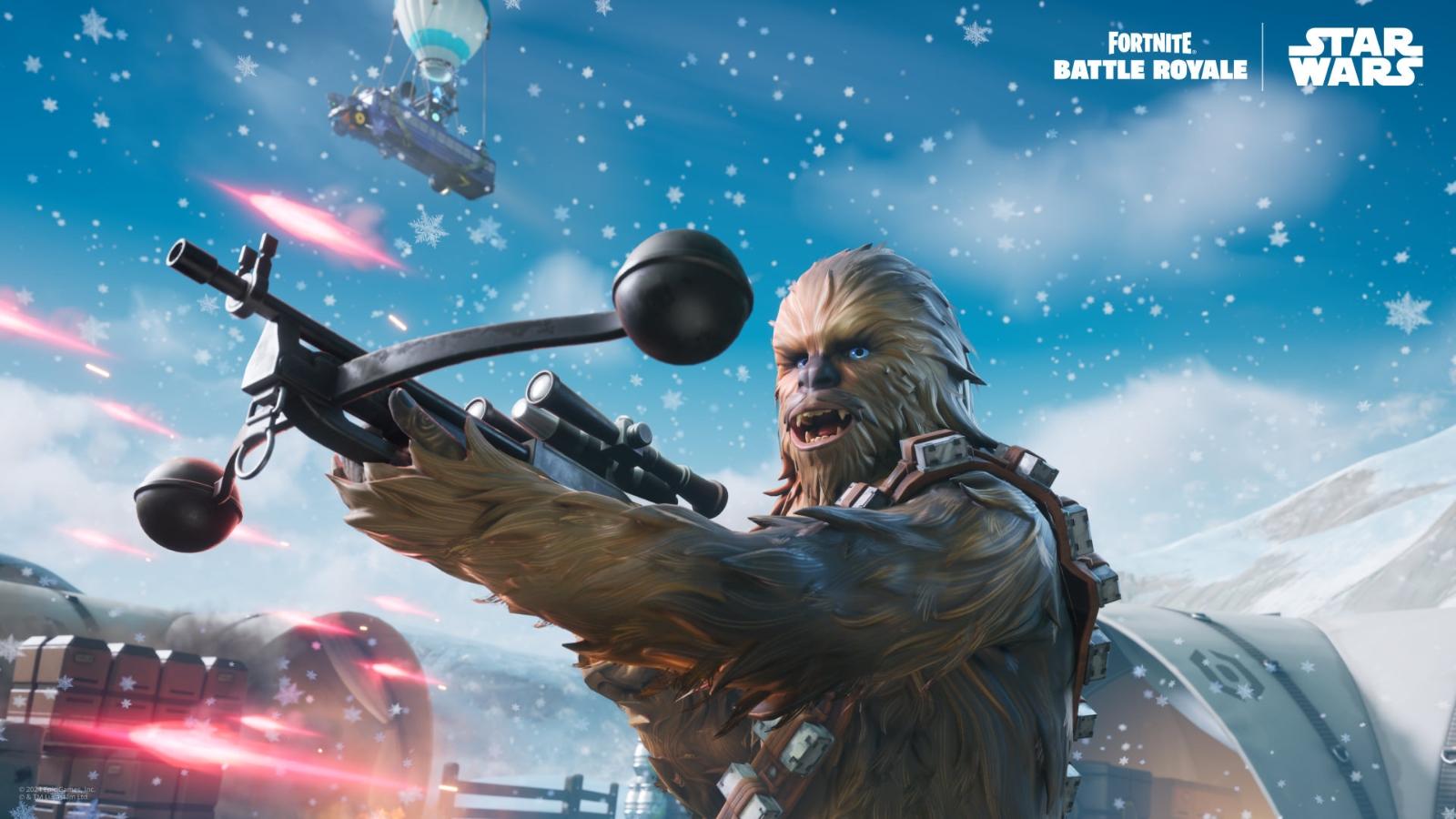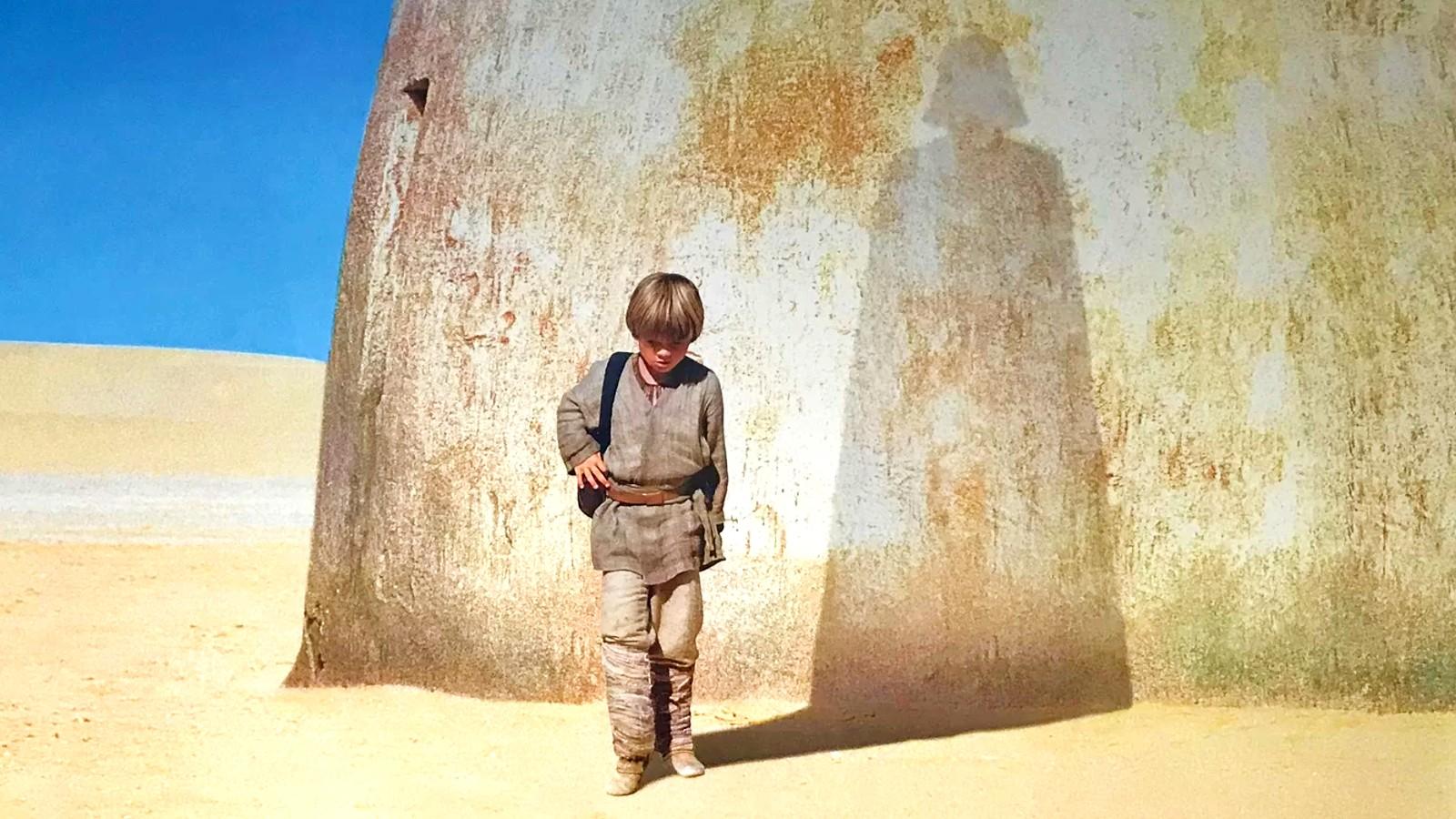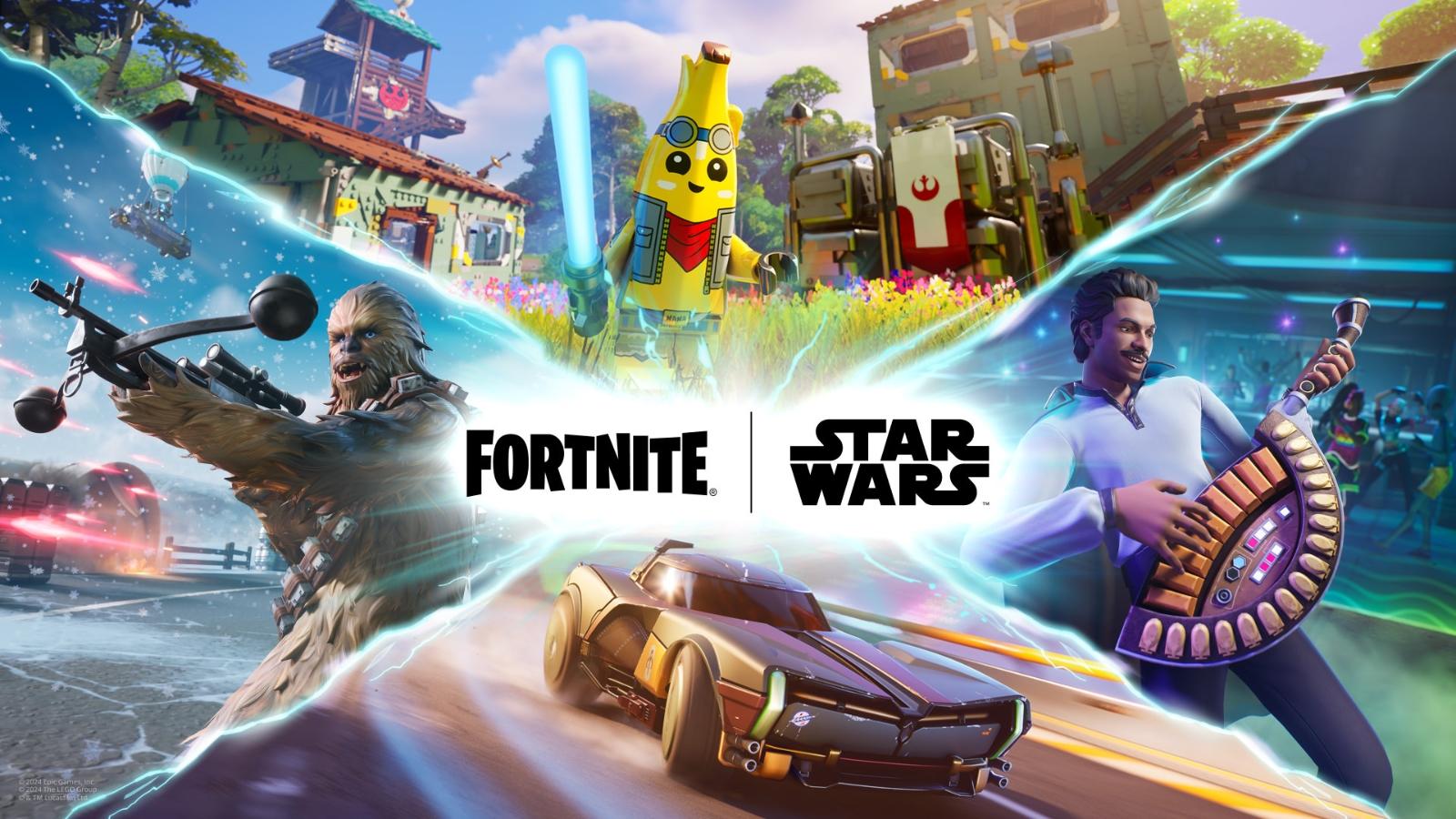How to play Star Wars Unlimited: Cards, phases, deckbuilding tips, more
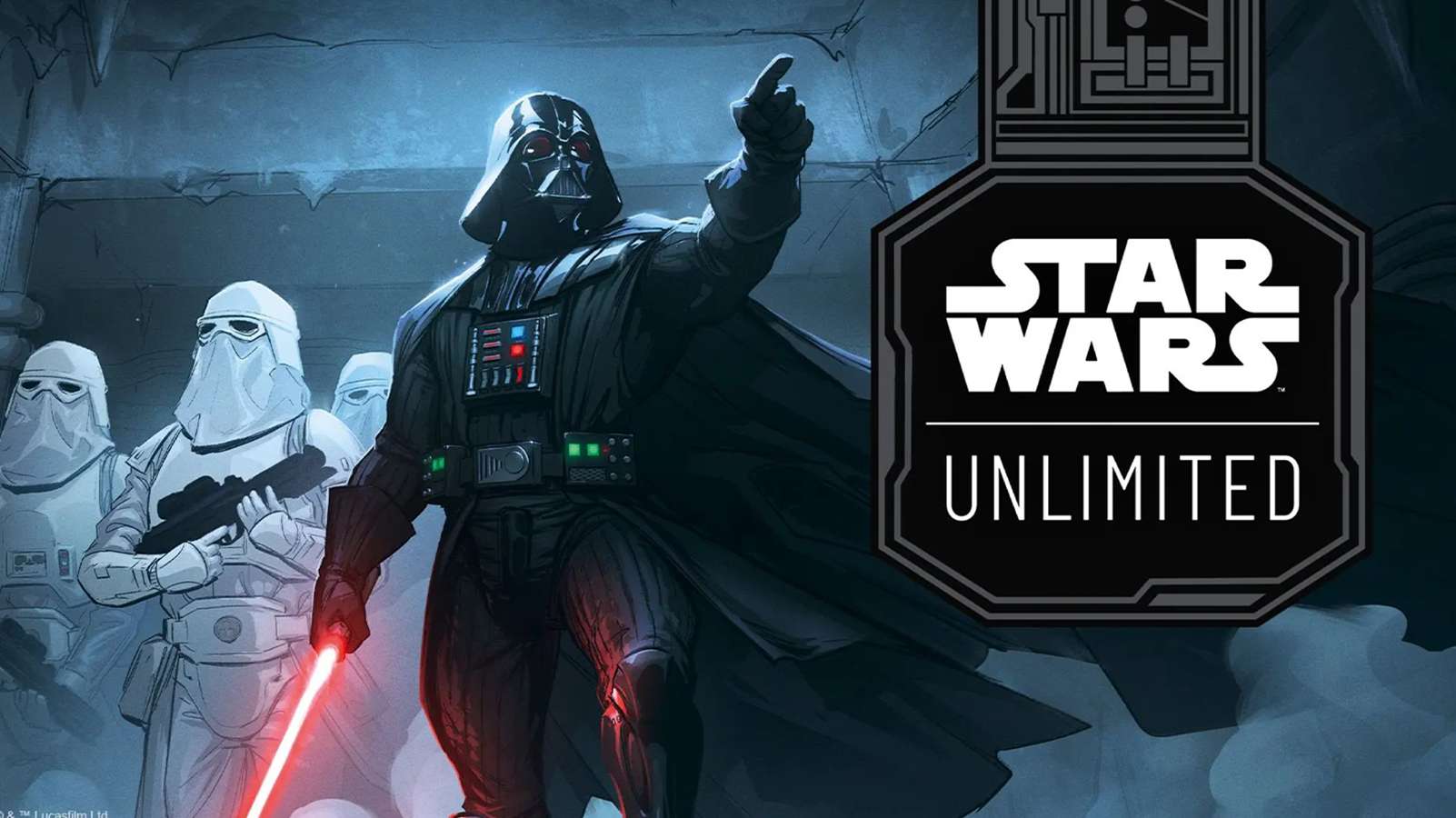 Lucasfilm
LucasfilmThere’s plenty to wrap your head around with Star Wars Unlimited. The new trading card game brings the far away galaxy to life in a unique way with turn-based action and plenty of rules to master. If you’re just starting out, here are the basics you need to know.
Whether you’re a lifelong TCG veteran or just diving into your first challenge, it can often be a daunting task learning a brand-new game. With an assortment of unique mechanics to understand, plenty of keywords to memorize, and not to mention the obvious, plenty of cards to familiarize yourself with, it can be quite overwhelming regardless of your experience.
So with Star Wars Unlimited just now hitting store shelves, many are having to start from scratch once again and learn this game’s rules from the very beginning. Be it the 50+ card decks to build or the enormity of the game board itself, there’s a great deal to know.
If you’re just jumping in and looking for a rundown on how it all works, we’ve got you covered. Below you’ll find the basics to get you started with Star Wars Unlimited.
The fundamentals of Star Wars Unlimited
The very first thing you’ll want to do is pick your hero or villain. For now, the Starter Bundle gives you access to Luke Skywalker and Darth Vader, though others can be found in Booster Boxes and we’re sure to see plenty more released in standalone packs in the coming years.
As you’ve no doubt guessed, heroes and villains compete on opposite ends of the play space in Star Wars Unlimited. Each player starts a match with their base at 30HP. Reducing your opponent’s base to 0HP is how you’ll be declared the winner.
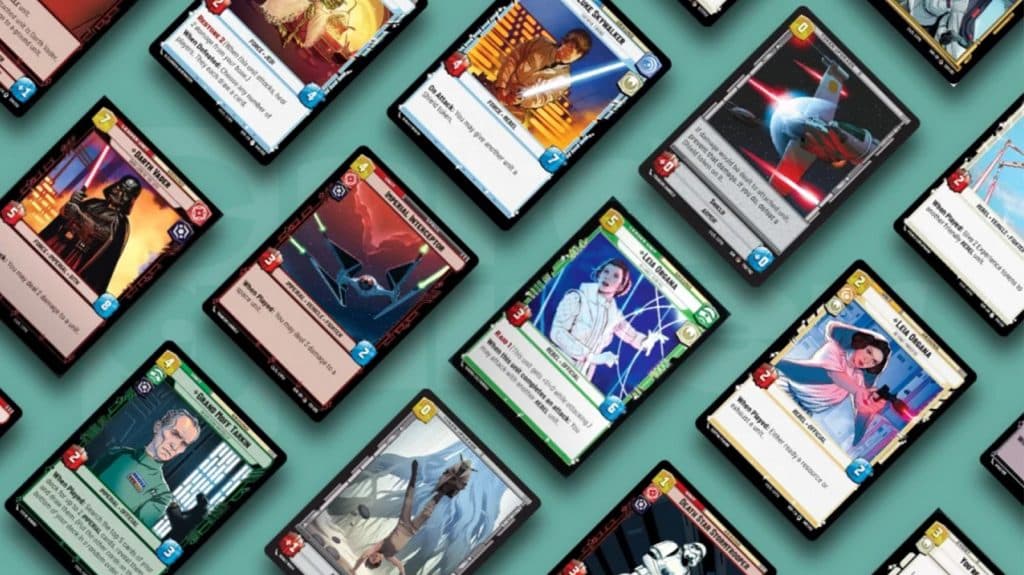 Lucasfilm
LucasfilmHow you accomplish this is not only through your Leader (hero or villain) card of choice, but through your deck as well. Decks are designed to be built with at least 50 cards, containing a mix of Units, Events, and Upgrades.
In order to play cards, you need to master the balance of the game’s two phases. The Action Phase and the Regroup Phase cycle until the game ends, so nailing these is your key to victory. Below is a breakdown of how they both function.
Understanding the Action Phase in Star Wars Unlimited
The Action Phase is where things really get underway in Star Wars Unlimited. It’s here where you get Units onto the board, attack your enemy, and see your strategy come to fruition. Firstly, let’s talk cards.
All cards have their cost in the top left corner. In order to play any given card, you need to ‘Exhaust’ the equivalent number of resources. Here’s where things get a bit complicated.
Any card in your hand can be expended and dropped into the ‘Resource’ section on the game mat. Turned face down so as to not give your tactics away, once cards are allocated as a resource, they remain there for the rest of the game. Moving forward, you utilize these resources to then play the cards you actually want on the board.
As an example, let’s say you have a 3-Cost Unit in your hand that you really want to play. In order to do so, you need to have three resource cards ready to exhaust. You start a match with two resources and can only add one resource per turn from that point forward.
Resources are similarly required for other types of cards too, not just Units. So it’s absolutely vital you start building up your resources from the very beginning in order to grow more powerful as the game progresses.
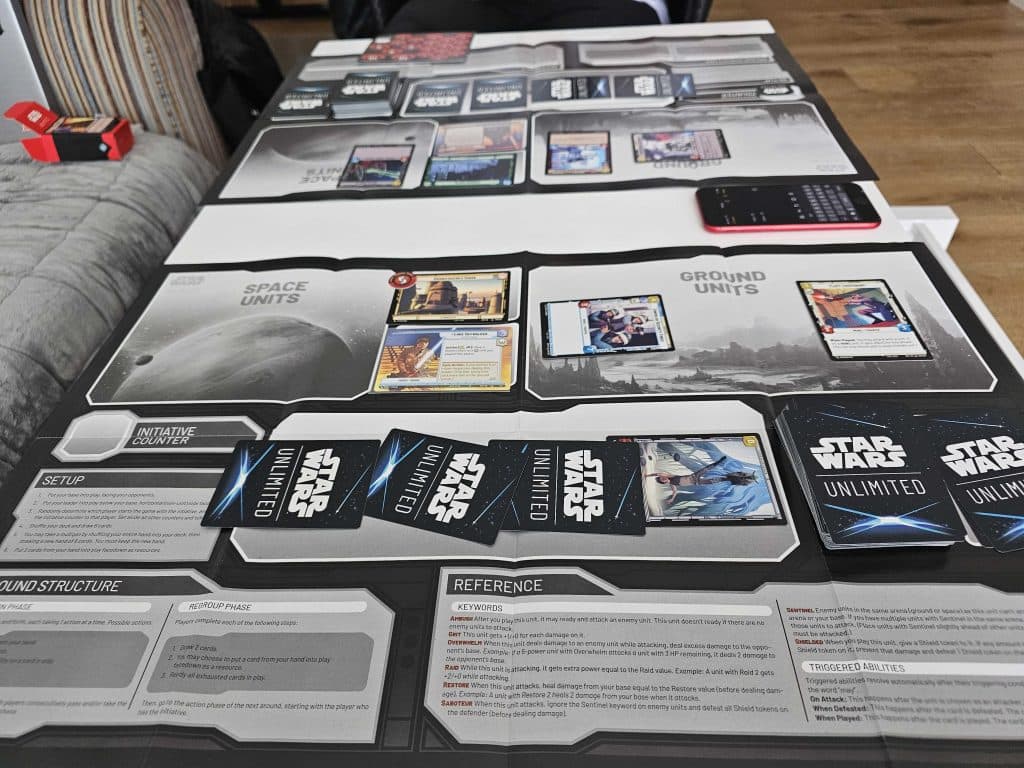 If you’re adding to your Resources with each new turn, you should soon be able to drop some massive Units onto the Ground or deploy them in Space.
If you’re adding to your Resources with each new turn, you should soon be able to drop some massive Units onto the Ground or deploy them in Space.Upon exhausting the required resources to play a card, it begins its life on the board also exhausted (turned horizontal). That means you can’t attack with it on the same turn it’s played. Not unless it comes with a special ability type, at least.
So after taking a turn to ‘ready’ a card, turning it vertical in the process, you can then attack with the card, or even use its special ability, if it has one. When it comes to attacking, there are a few rules of engagement to be aware of.
Firstly, combat takes place in two arenas, on the Ground, and in Space. Each unit you play falls into one or the other and can only attack units of the same type. That’s to say, a trooper on the Ground can’t deal damage to a ship in outer Space and vice versa.
Next, attacking units can pick from two options: Either attacking a fellow enemy unit, or attacking the enemy base directly. If choosing the former, keep in mind that attacking a unit comes with its own risks.
When attacking an enemy unit, both cards deal their damage to one another at the same time. For example, if one card with 4 Attack power strikes an enemy card with 5 Attack power, both cards deal said damage to each other all at once. This can result in your own cards dying if their health is low.
Each attack counts as a single action, letting players cycle through one by one. Once a card is dealt a lethal blow, it must be removed from the board and added to your discard pile.
Now there are also other types of cards to consider beyond your standard units. Event cards trigger one-time effects that can flip the balance of any given match, while Upgrade cards can drastically alter the state of a unit on your board, buffing them at a key moment if times well.
And last but not least comes the Leader cards (your hero or villain). Each Leader requires a prerequisite amount of Resources in order to jump into combat, though they don’t actually expend said Resources. Let’s say you have Luke Skywalker, upon amassing six Resources (ideally by turn six if you’ve been steadily building up), Luke can jump right into the Ground arena and start wreaking havoc.
Each player goes one by one taking turns to play new cards or attack with existing units until there’s nothing left to do. Once both players officially pass their turn, the Action Phase concludes and we move to a Regroup Phase.
Understanding the Regroup Phase in Star Wars Unlimited
The Regroup Phase is where you start planning for your next proper turn in Star Wars Unlimited. Think of it as a brief interim between rounds of attack. Before anything else, enjoy these few benefits:
Firstly, all players draw two cards from their deck. You can then choose one card in your hand to play face down as a resource, however, this is completely optional. If you’re happy with your resources, you can always just keep the cards all in hand. Last but not least, all exhausted cards on the board can be readied so they can attack again in the next Action Phase.
This is the prime opportunity to think ahead and start strategizing for what your next goal is. Do you have a beefy card in hand you want to play in a few turns? Is there a more pressing matter to address on the board in the very next turn? Use the Regroup Phase to really nail down your tactic before jumping into the Action Phase.
Once all players are ready to go, the game switches back to an Action Phase and the process repeats endlessly until a winner is declared. Should you be in for an exceptionally long game, with your deck completely run dry, rather than drawing cards, you instead take 3 base damage per turn.
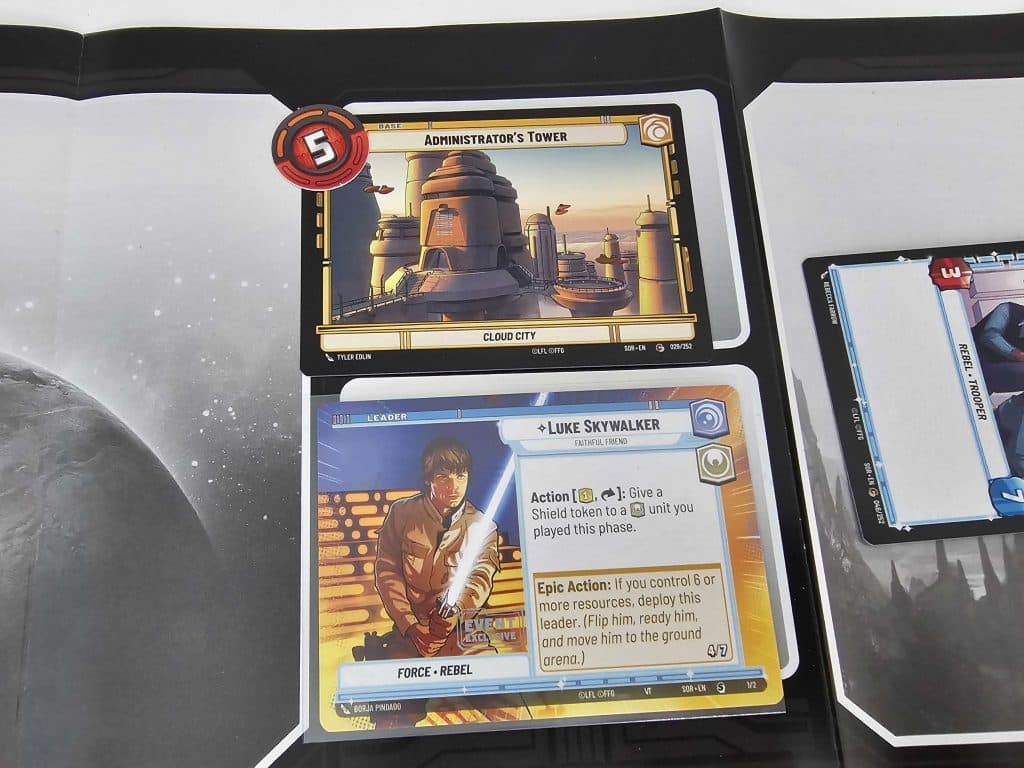 Protecting your base and leveraging the powers of your Leader are essential in Star Wars Unlimited.
Protecting your base and leveraging the powers of your Leader are essential in Star Wars Unlimited.Beyond these absolute basics, there’s certainly plenty of depth to Star Wars Unlimited as well. What kind of Aspect does a Unit belong to? What about their Traits? Do they revolve around any particular keywords? How can you optimize your deck to effectively plan for both Ground and Space battles?
There’s plenty to keep in mind as you get immersed in the newest TCG so take things one game at a time when starting out. Rest assured that before long, you’ll turn from a young apprentice to a Star Wars Unlimited master.
If you click on a product link on this page we may earn a small affiliate commission.
